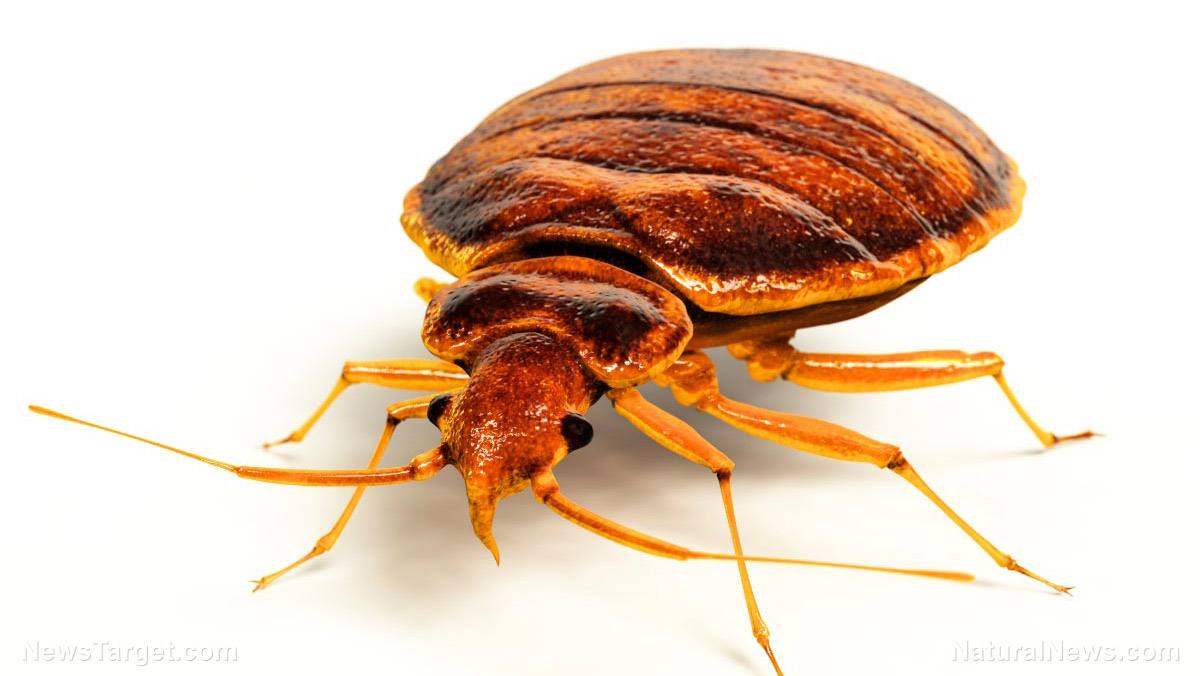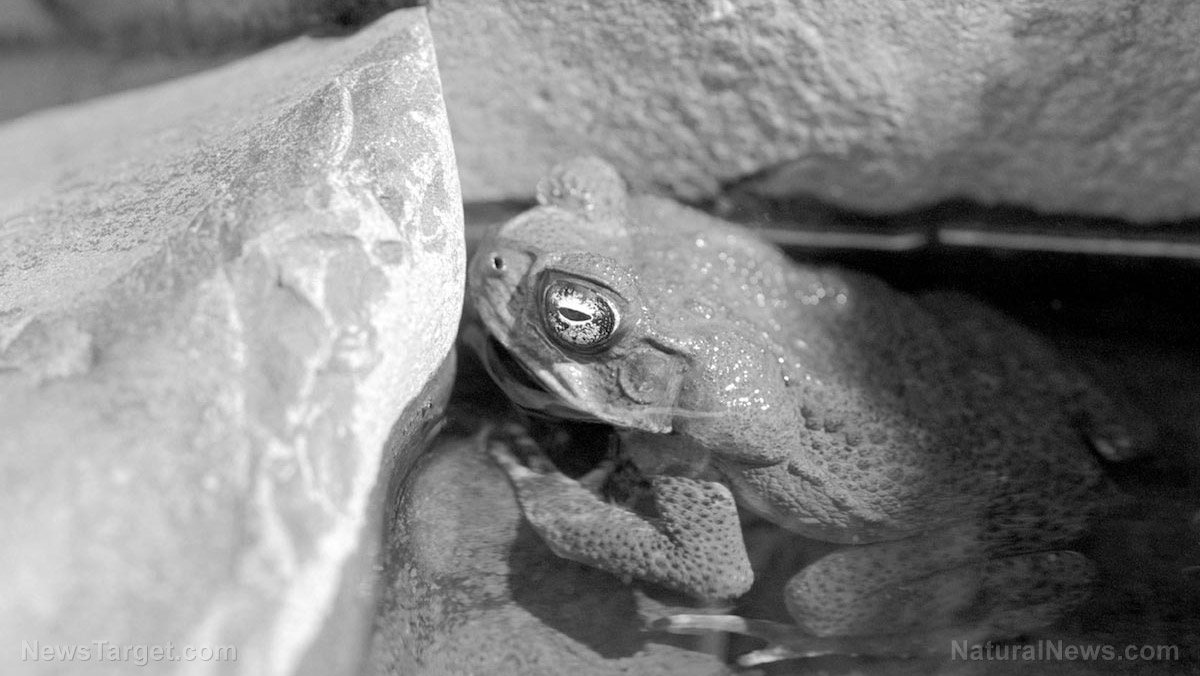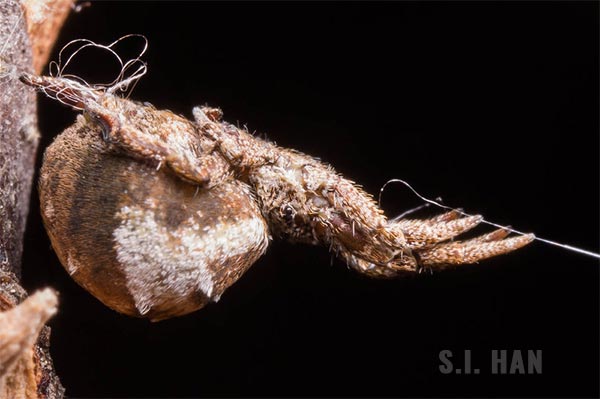
For Mike Siva-Jothy, co-author of the study and a professor at Sheffield's animal and plant science department, their findings were a revelation: “It shows that the evolutionary history of [bedbugs] is far more complex than we previously thought.”
The study, which appeared in Current Biology, used samples from different bedbug species. This allowed the researchers to understand how these insects developed. The researchers discovered that bedbugs are older than bats, which were assumed to be their first mammalian hosts. They also found that older bedbugs were specialized in a single host type -- a discovery they found surprising.
“We don’t know what the host was at the time when T. rex walked the earth,” said lead author Steffen Roth.
While Roth and his team don't know which species these parasites latched onto centuries ago, they theorized that dinosaurs could be a likely candidate. The reptiles were often considered nomads, which meant they didn't build nests, burrows, beds or roosts – places where bedbugs like to live.
The researchers also found that bedbugs adapt to humans like clockwork. A new human-feeding bedbug species develops every 500,000 years. Furthermore, bedbugs can adapt in different ways, so they can bob to and fro between different hosts.
“These species are the ones we can reasonably expect to be the next ones drinking our blood,” explained Klaus Reinhardt, the corresponding author of the study and a researcher from the Dresden University of Technology in Germany. “…it may not even take half a million years, given that many more humans, livestock and pets that live on earth now provide lots more opportunities.”
The team hopes their findings will help others better understand how bedbugs became such effective parasites so they can come up with better ways to control them. (Related: Which natural bedbug pesticides really work revealed in new study.)
Get rid of bedbugs with these natural tips
Bedbugs are small insects that feed exclusively on blood. Two bedbug species are known to affect humans – Cimex lectularius (common bedbug) and C. hemipterus (tropical bedbug). While these insects are also known to carry diseases like leprosy, Q-fever, brucellosis and oriental sore, bedbug bites often do not cause health problems. Due to their size, bedbugs can hide in many places, including bed frames, clothing, furniture or even under loose wallpaper.
However, their size isn't what makes bedbugs a pest: It's their ability to cause an infestation. Earlier studies have shown that a single undetected pregnant bedbug can start a whole infestation. The pregnant insect could quickly create a colony that feasts on human blood. DNA studies also reveal that colonies of bedbugs could have a common ancestor, often a female bedbug. What's worse, bedbugs can survive for a month without feeding.
To get rid of bedbugs naturally and effectively, follow these simple tips:
- Use a vacuum cleaner. An easy way to get rid of bedbugs is to suck them all up using a vacuum cleaner. When getting bedbugs out of the seams of the mattress, use a stiff brush to loosen the eggs before vacuuming.
- Steam them. Your garment steamer isn't just for making your clothes crisp. It can also be a tool to eradicate bedbugs from your home. It can penetrate through the mattress and finish off any eggs or bedbugs that your vacuum couldn't reach the first time. It's also a great way to kill them quickly without harming the environment or your bedding.
- Make your own natural insecticide. Essential oils are the best ingredients for a DIY insecticide. Tea tree oil and lavender are particularly known for being effective insecticidal agents.
Bedbugs may have been around since the time of the dinosaurs, but you can get rid of them without resorting to chemical treatments that could harm your health.
Sources include:
NPIC.ORST.edu [PDF]
Please contact us for more information.























